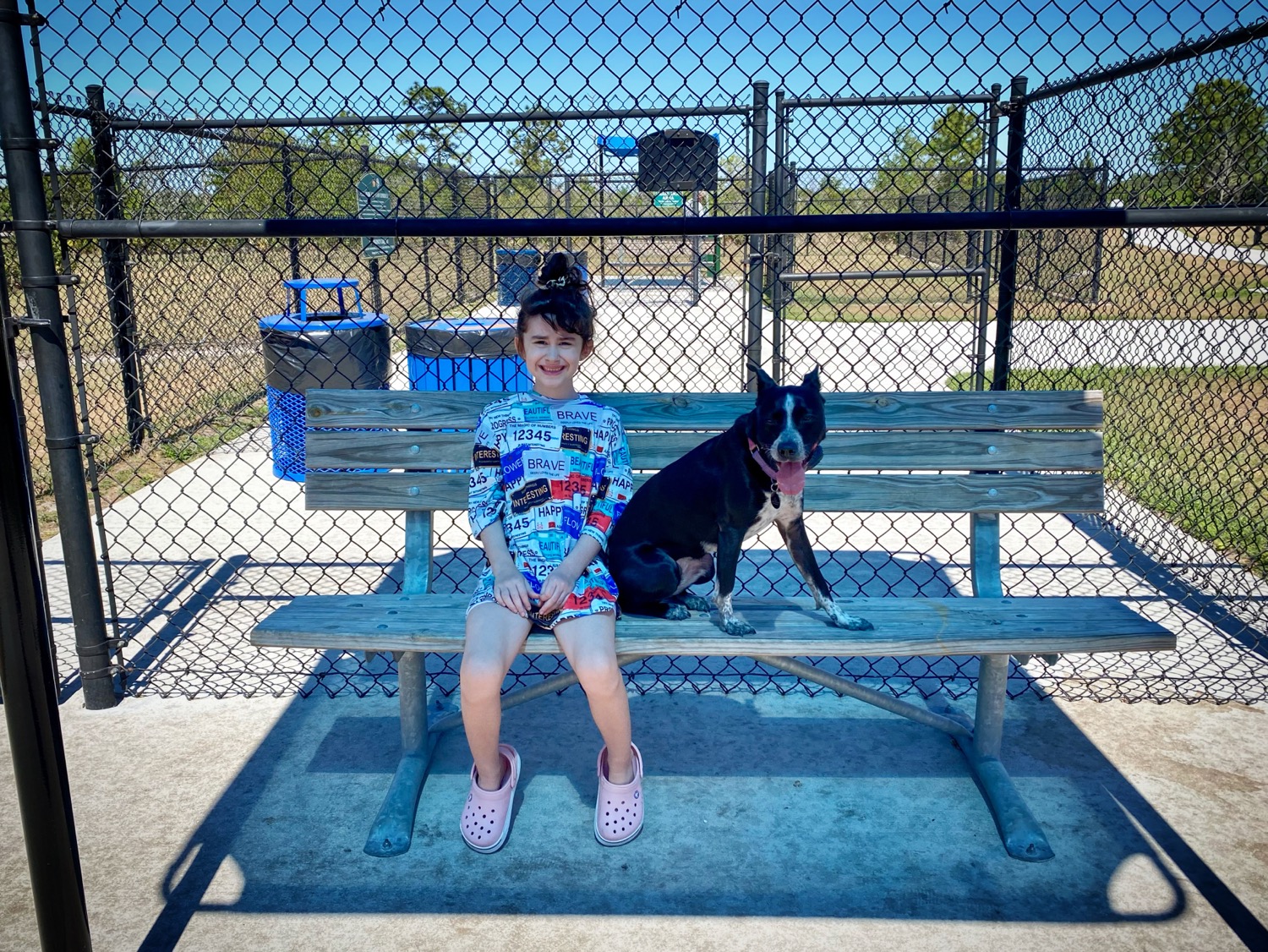The Power of Positive Reinforcement: Praise and Rewarding Good Behavior in Dog Training
- Jason Parks
- Oct 5, 2023
- 3 min read
Introduction Every dog owner dreams of having a well-behaved furry friend. While there are numerous training techniques available, positive reinforcement stands out as one of the most effective and humane methods. By understanding and applying this strategy, dog owners can foster a healthy relationship with their pets, ensuring mutual respect and affection.
Understanding Positive Reinforcement Positive reinforcement refers to the act of adding something desirable to increase the likelihood that a behavior will occur again. In the context of dog training, it means rewarding the dog for displaying a desired behavior, thereby encouraging its repetition.
Benefits of Positive Reinforcement in Dog Training
Strengthens Bond Between Dog and Owner: Positive reinforcement fosters trust. When a dog consistently receives rewards for good behavior, it associates its owner with positive experiences, strengthening the bond between them.
Promotes Long-Term Behavioral Change: While aversive methods might produce quick results, they don't necessarily guarantee long-term behavior change. Positive reinforcement, on the other hand, ingrains desired behaviors, making them habitual over time.
Minimizes Fear and Aggression: Aversive training techniques can induce fear or aggression in dogs. Positive reinforcement avoids this, ensuring that the dog remains comfortable and relaxed throughout the training process.
Adaptable Across Situations: Whether house-training a puppy or teaching an old dog new tricks, positive reinforcement techniques can be adapted to suit different scenarios and behaviors.
Techniques to Implement Positive Reinforcement
Choose the Right Reward: Not all rewards are equal in a dog's eyes. For some, a tasty treat might work best, while others might prefer a favorite toy or praise. It's crucial to identify what motivates each dog the most.
Immediate Rewards: Timing is of the essence. The reward should be given immediately after the desired behavior, ensuring that the dog makes a clear connection between its action and the positive consequence.
Consistency is Key: For the training to be effective, it's essential to be consistent. Every time the desired behavior is exhibited, it should be rewarded. Inconsistencies can confuse the dog and delay the training process.
Gradually Phase Out Treats: Once the behavior is well-established, treats can be phased out gradually. However, sporadic rewards are beneficial in maintaining the behavior.
Advanced Tips for Effective Positive Reinforcement Training
Use a Marker: A marker, such as a clicker or a specific word, can signal to the dog that they've done something right, making the connection between behavior and reward even clearer.
Variable Reward Schedule: Instead of rewarding a dog every time, switch to a variable schedule. This unpredictability can actually enhance a dog's motivation to perform the desired behavior.
Train in Different Environments: Once a dog has mastered a behavior in a specific environment, practice it in various settings to ensure the behavior is reliable no matter the distractions.
Common Misconceptions about Positive Reinforcement
It's Just About Giving Treats: While treats are commonly used, positive reinforcement encompasses more than just food. Praise, toys, and playtime can also serve as effective rewards.
It Doesn't Discipline the Dog: Some believe that positive reinforcement doesn't address unwanted behaviors. However, by rewarding good behavior, undesirable behaviors naturally decrease as they aren't being reinforced.
Conclusion In the world of dog training, the saying "You catch more flies with honey than with vinegar" rings especially true. Positive reinforcement, with its emphasis on rewards and praise, offers a compassionate approach to training. By recognizing and rewarding good behavior, dog owners not only train more effectively but also enhance their bond with their canine companions. For dog owners seeking sustainable results and a deeper connection with their pets, adopting the principles of positive reinforcement is the way forward. It's not just about training; it's about building a relationship founded on mutual respect and understanding.




Comments